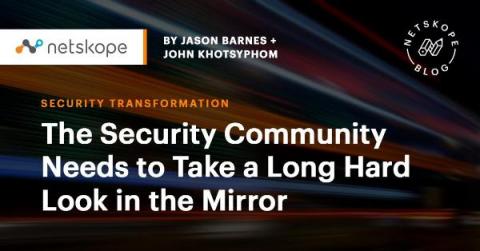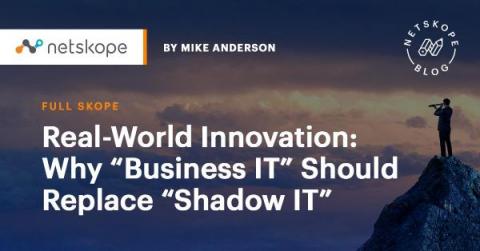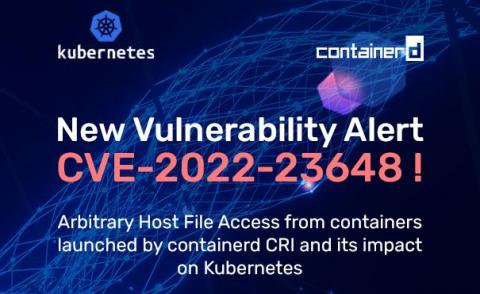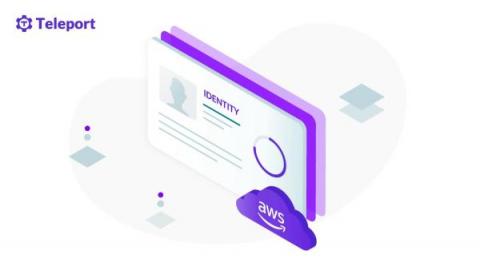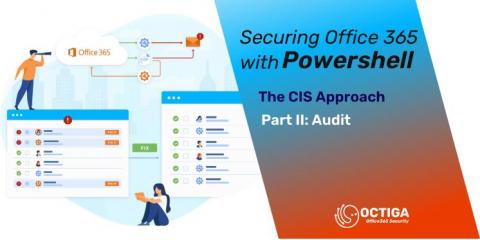The Security Community Needs to Take a Long, Hard Look in the Mirror
The security community took a step backward last week in our ability to deal with the crisis involving Okta. Instead of exercising well-thought-out and practiced contingency plans to objectively assess risk, many individuals took a trolling posture on social media. The reaction was neither professional nor conducive to our mission as defenders against threat actors seeking to do us harm.


